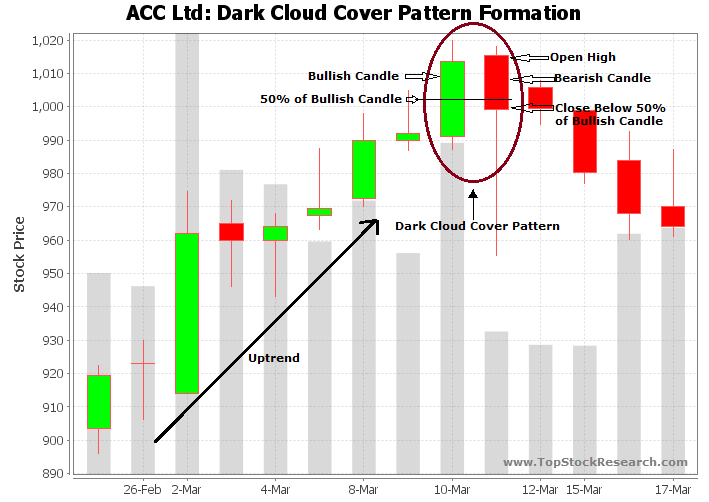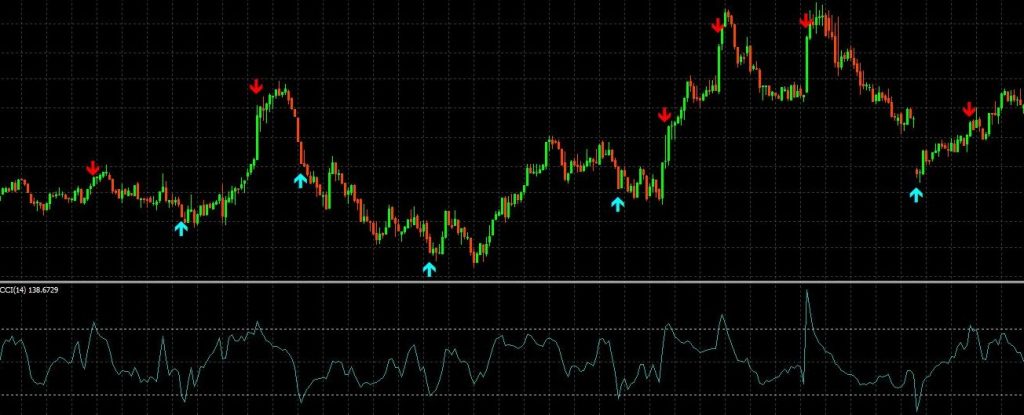Contents
Her strength lies in simplifying complex financial concepts with real life stories and analogies. Her goal is to make common retail investors financially smart and independent. Hence it is important to compare 5-year inventory trend with sales growth to conclude if a company is indeed in trouble. Both opening and closing inventory is available in a company’s balance sheet.
- After all, some customers have been asking about oranges…
- It means that the company is employing the assets in a better way.
- If you are a college, you must know the benefits of Soft Skills training for your students.
- This involves grouping items into three categories based on their importance.
Thus, you will likely end up placing orders for products you do not need. Dead stock refers to the excess inventory that is not marketable and lying in the warehouse for a prolonged period. Also known as obsolete or dead inventory, goods in the dead stock are not likely to be sold in the near future. In general, however, things flow somewhere in the middle, which means that all companies need to know what is going on and how fast they need to handle it.
It can no longer spare funds to produce new products or expand its presence. ABC analysis is a technique that categorizes inventory based on how important it is to the business. Items that are considered “A” items are the most important and make up a small percentage of inventory. “B” items are less important and make up a larger percentage of inventory.
Why improving your retail inventory turn puts more cash in your pockets
We pay 50 cents for each banana, and we sell it to our customers for $1.00. “Inventory turn rate is calculatedby dividing your retail sales for 12 months by the average inventory investmentat retail during the past 12 months”. While Lean Inventory Management is a great strategy to lower inventory carrying costs and release tied up working capital, there is an element of risk involved in it. ERP production planning module enables companies to accurately forecast demand based on orders or historical data and plan production accordingly. This helps achieve just in time production, based on demands. When you have accurate insights into inventory, you can plan for further requirements more accurately and procure just enough quantity as well as just in time.
This crucial ratio can reveal potential red flags in a company. Especially while evaluating FMCG and personal products sectors. Analysing a company’s five-year inventory turnover https://1investing.in/ ratio trend is a must for investors. A consistently falling turnover ratio can be a red flag for investors. Sales also include a profit mark-up and are not the same as COGS.
Remember, a company that sells products faster, will generate higher profits for itself as well as its investors. Average industry turnover ratio of Departmental a low inventory turnover indicates amount tied up in stocks stores is 3.55. Whereas it’s 7.53 times for cars and utility vehicles sector. Here is Godrej Consumer Products Ltd. ‘s inventory turnover days and sales data.
These discounts may temporarily harm your profits, depending on their severity, make space for new inventory goods that sells faster, you may be able to recoup those losses. A low inventory turnover ratio can mean that the company is unable to sell its inventory on time. It increases a company’s storage costs, insurance, rent, maintenance costs etc.

We must use return measure for this calculation as it reflects income to shareholders and debt holders. It is an important ratio from a financial analysis point of view. The fixed asset turnover ratio is the efficiency of the use of fixed assets for generating sales. It’s computed as sales by average net fixed assets, where average net fixed assets are equal to the average of beginning and ending BS values of net fixed assets. Net fixed assets are equal to gross fixed assets less accumulated depreciation. Lower inventory turnover ratio relative to the industry standard indicates excessive, obsolete, or slow-moving inventory.
For our analysis, we have chosen one upstream company Indian Oil Corporation Ltd and one downstream company Bharat Petroleum Corporation Limited . We have chosen these two companies based on their market capitalization as IOCL has 1.27T rs. of market cap versus 1.11T rs. of BPCL. The cash ratio examines the ability of the firm to settle short-term liabilities with the help of only cash and cash equivalents – marketable securities. The cash ratio indicates the extent to which current liabilities are paid through highly liquid assets. Obsolete stock is another name for dead stock, so they both refer to excess, unsellable inventory. An inventory audit is a vital part of the inventory management process where a business cross-checks its financial records against inventory records.
What is Dead Stock and How to Avoid It?
A company’s profitability is directly linked to how quickly it can sell its inventory. The inventory turnover ratio presents meaningful comparisons and informs retailers about the latest trends. Let us understand a bit more about the inventory turnover ratio. This information is useful to shareholders and business analysts, because the turnover ratio indicates the company’s ability to sell its products.

A smaller number of inventory days indicates the company’s efficiency in inventory management. On the other side of the coin, low inventory turnover indicates poor buying or selling and marketing strategies. Excess inventory carries costs અને and balance sheets are affected because all cash is tied up in seating inventory.
What Can You Infer From the Result of the Days Inventory Formula?
They can start to look obsolete and, thus, cannot be shipped your the customers. In either case, it can lead to lost revenue for your business as you have to liquidate the stock. Because if you ship such products to your customers, it can hamper your credibility and brand image. Thus, having a higher inventory turnover ratio, you can ship fresh products to your customers and reduce your business’s exposure to such risk.

Per your inventory forecasting, you expect to sell all units within two months. If you can get there, you will increase demand and revenue together. If your supplier needs a MOQ (what does MOQ mean?) For a given product, make sure you can sell the same amount. Calculating inventory days is an indicator of how nicely the enterprise is doing by way of inventory. This ratio measures with ease which company is collecting its payments from the clients to whom the goods/services are provided on credit.
How does the inventory turnover ratio work?
It is good as it means demand for the company’s products is very high. But it can also mean that the company is understocking its products and missing out on potential sales. As you can see, Godrej Consumer Products Ltd and Gillette India Ltd have the worst inventory turnover ratio in the personal products sector.
The average inventory thus gives a more stable and reliable measure. Low inventory turnovers generally mean a company is holding too much inventory compared to its sales. Decreasing inventory turnover often means sales are decreasing below expected levels, although that is not always the case.
Recommendation from Management Perspective
Even if a business manages to sell the dead stock, it does so at a loss. Moreover, spending more time on unmarketable products concurrently increases space and labor costs. Thus, with dead stock, a business has no scope to generate profit or break even.
You can use email marketing to target your existing customers and attract new customers with incentives, coupons, and exciting offers. Moreover, you can create product kits, recommend upsells and cross-sells, and provide free shipping over a minimum threshold. It will enable you to achieve a higher inventory turnover ratio. A company makes money only if it sells its inventory in a specific period of time. The frequency at which a company sells its inventory is known as Inventory turnover ratio. It measures a company’s efficiency in inventory management.
Here the average common equity is a simple average of the common equity at the beginning, ending balance sheets. The net income is the income available for distribution to ordinary shareholders less preferred dividends. Liquidity ratios asses a firm`s ability to meet it’s short- term obligations using short-term assets.
